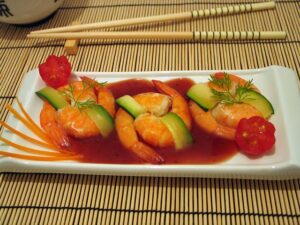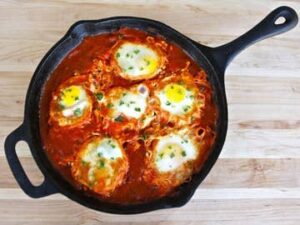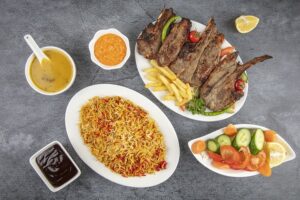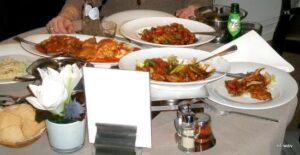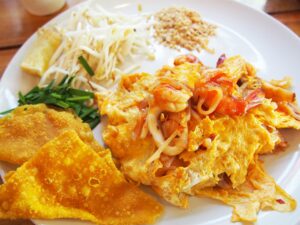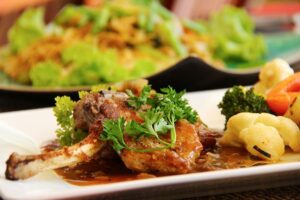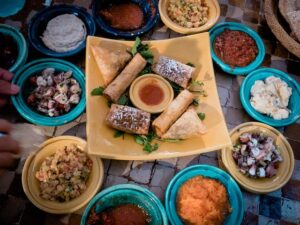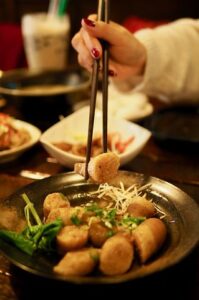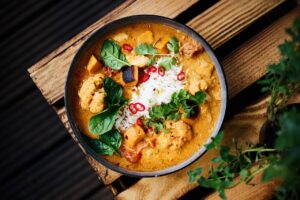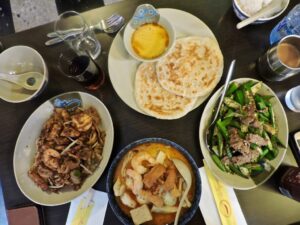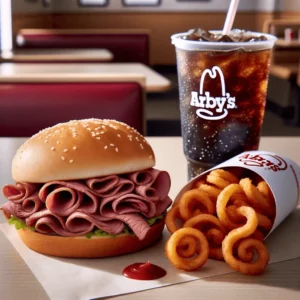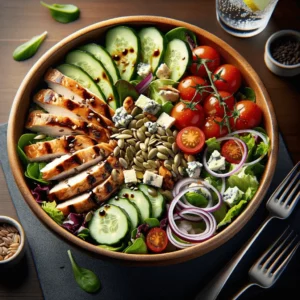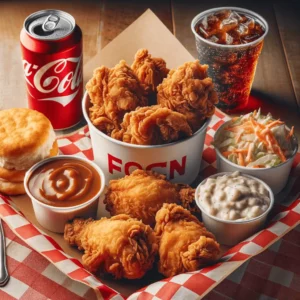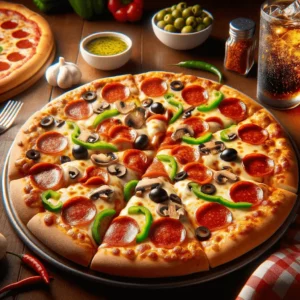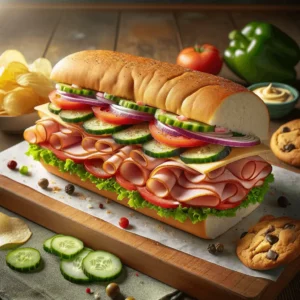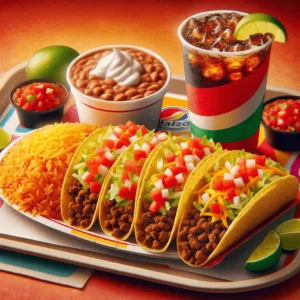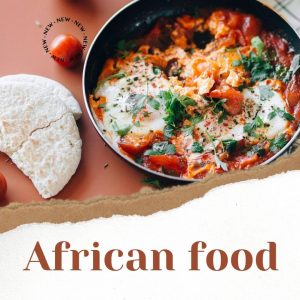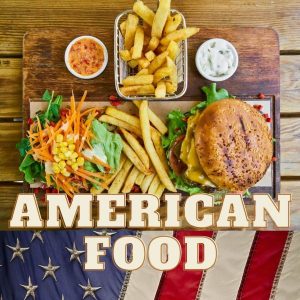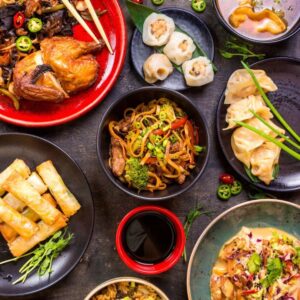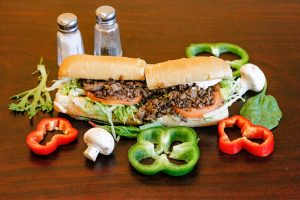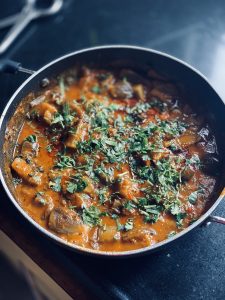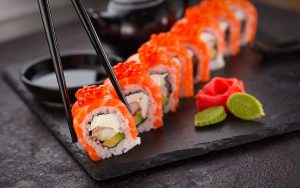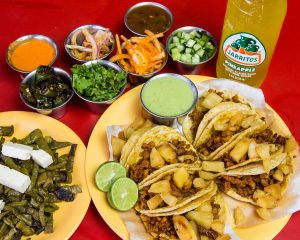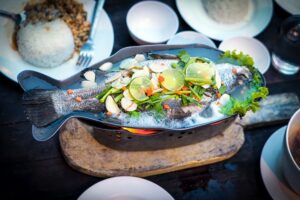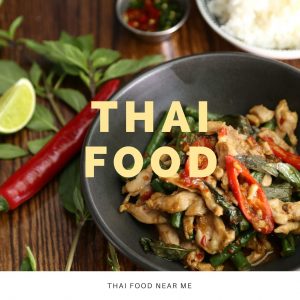Mystique of the Tropics: Southern Thai Restaurants
Southern Thailand, with its pristine beaches, lush landscapes, and a rich tapestry of Malay, Indonesian, and Thai influences, boasts a culinary tradition as vibrant as its scenery. Southern Thai restaurants, whether nestled along the Andaman coast or gracing international cities, invite diners to delve into this region’s spicy, aromatic, and coconut-rich gastronomic wonders.
Sultry Flavors of the South
Massaman Curry
A culinary testament to the region’s diverse influences, Massaman curry is a fragrant concoction of spices, meat (often beef or chicken), and coconut milk. The dish, with its hints of cinnamon and star anise, bridges the gap between Thai and Middle Eastern flavors.
Khao Yam
This aromatic rice salad is a medley of textures and tastes. With finely chopped herbs, toasted coconut, and a tangy, sweet dressing, Khao Yam exemplifies the freshness inherent to Southern Thai cuisine.
From Coastal Delights to Jungle Feasts
Gaeng Tai Pla
A fiery fish curry emblematic of the south, Gaeng Tai Pla is not for the faint-hearted. Made with fermented fish innards, it’s a dish that captures the soul of coastal communities, with its depth of flavor and heat.
Khao Man Gai Tod
A Southern twist on a Thai classic, this dish involves deep-fried chicken served with seasoned rice. Often accompanied by a piquant sauce, it’s a meal that satiates both the heart and palate.
Satay
Skewered and grilled meat, often served with a rich peanut sauce and pickled accompaniments, Satay is a testament to the region’s shared culinary traditions with its neighbors.
Sweet Reprieve of the South
Khanom Jeen
These soft rice noodles are typically served with an assortment of curries and fresh vegetables. While savored all over Thailand, the Southern versions, with their pronounced spiciness and coconut richness, are particularly memorable.
Ote Ote
A dessert influenced by the region’s Malay connections, Ote Ote is made of rice flour and filled with sweet coconut. Fried until golden, it’s a treat reminiscent of the intermingling of cultures in Southern Thailand.
Conclusion
Southern Thai restaurants are more than just eateries; they’re ambassadors of a region where nature’s bounty meets a melting pot of cultures. From the spice-laden curries to the soothing coconut desserts, they narrate tales of monsoons, fishing villages, and the harmonious blend of ancient trade routes.
FAQs
1. How does Southern Thai cuisine differ from Central or Northern Thai?
Southern Thai cuisine is characterized by its spiciness, prevalent use of coconut milk, and maritime influences, while Central Thai emphasizes balanced flavors and Northern Thai dishes are milder with earthy tones.
2. Is all Southern Thai food extremely spicy?
While the region is known for its fiery dishes, many meals can be tailored to different spice levels. Plus, there’s a range of dishes that focus on aromatic and sour notes.
3. What’s a staple ingredient in Southern Thai kitchens?
Coconut, in various forms (milk, grated, oil), is foundational. It adds richness and depth to many dishes, from curries to desserts.
4. Are seafood dishes predominant in Southern Thai cuisine?
Given its coastal geography, seafood plays a significant role, but the cuisine also boasts a plethora of chicken, beef, and vegetable-based dishes.
5. Can I find vegetarian options in Southern Thai restaurants?
Absolutely! Thai cuisine, including its Southern variant, offers numerous vegetable-forward dishes and many meals can be made vegetarian upon request.


